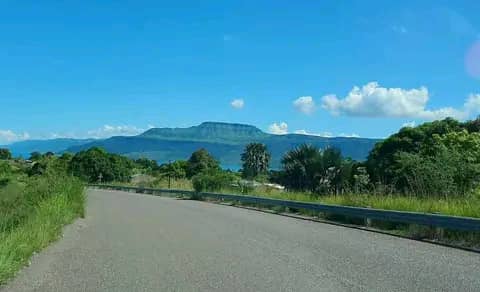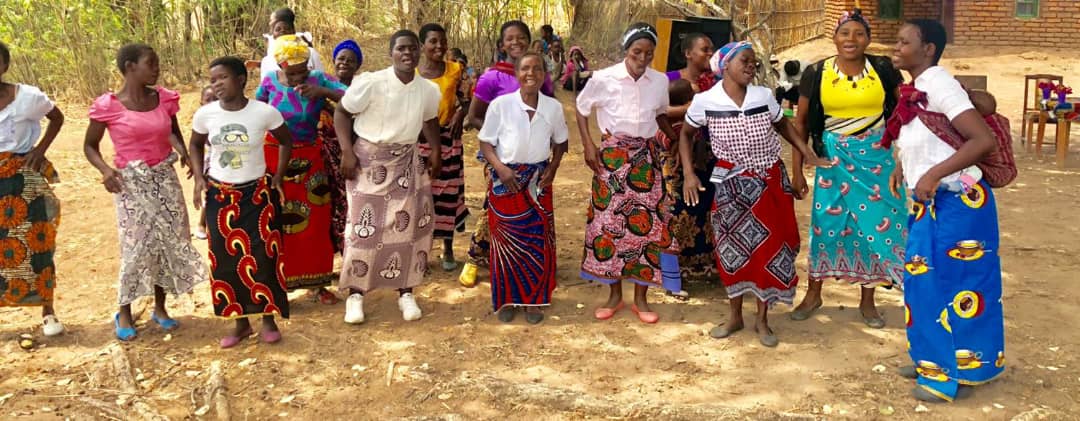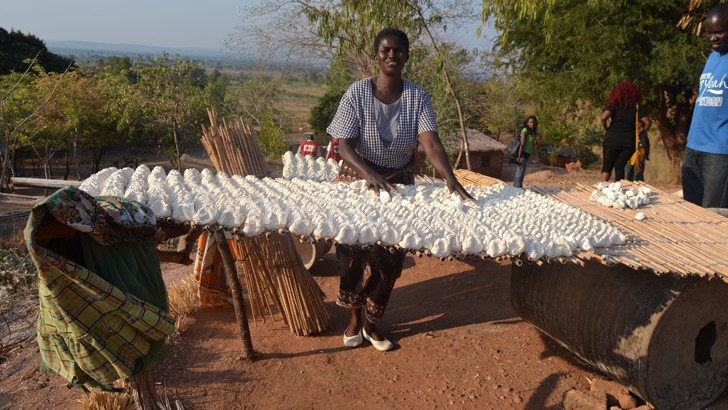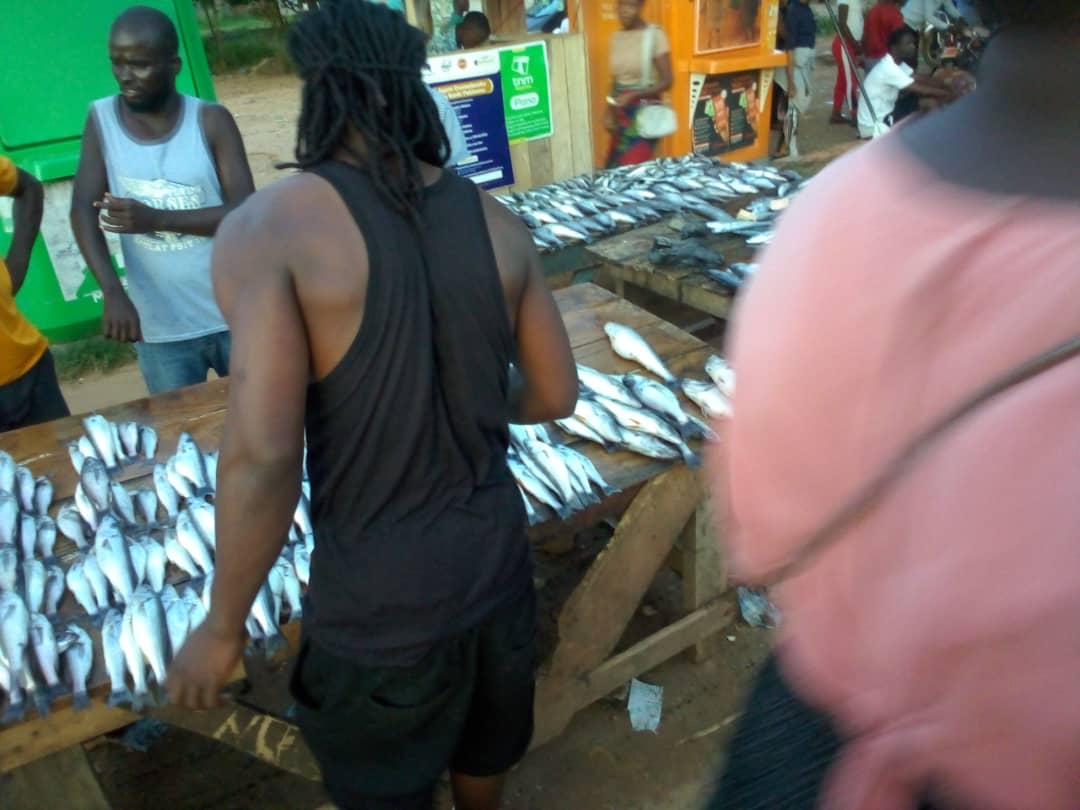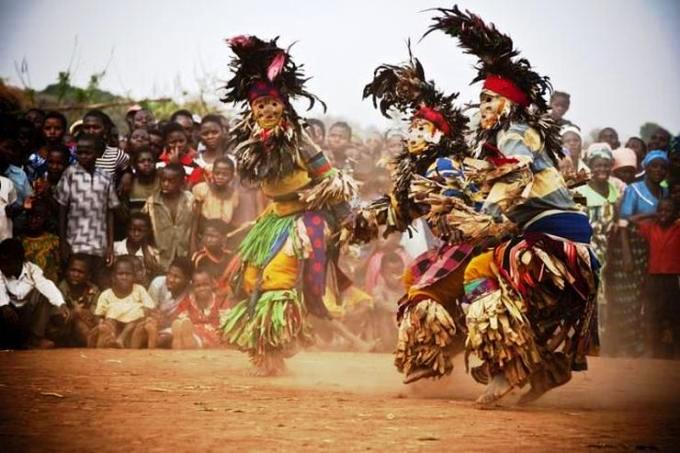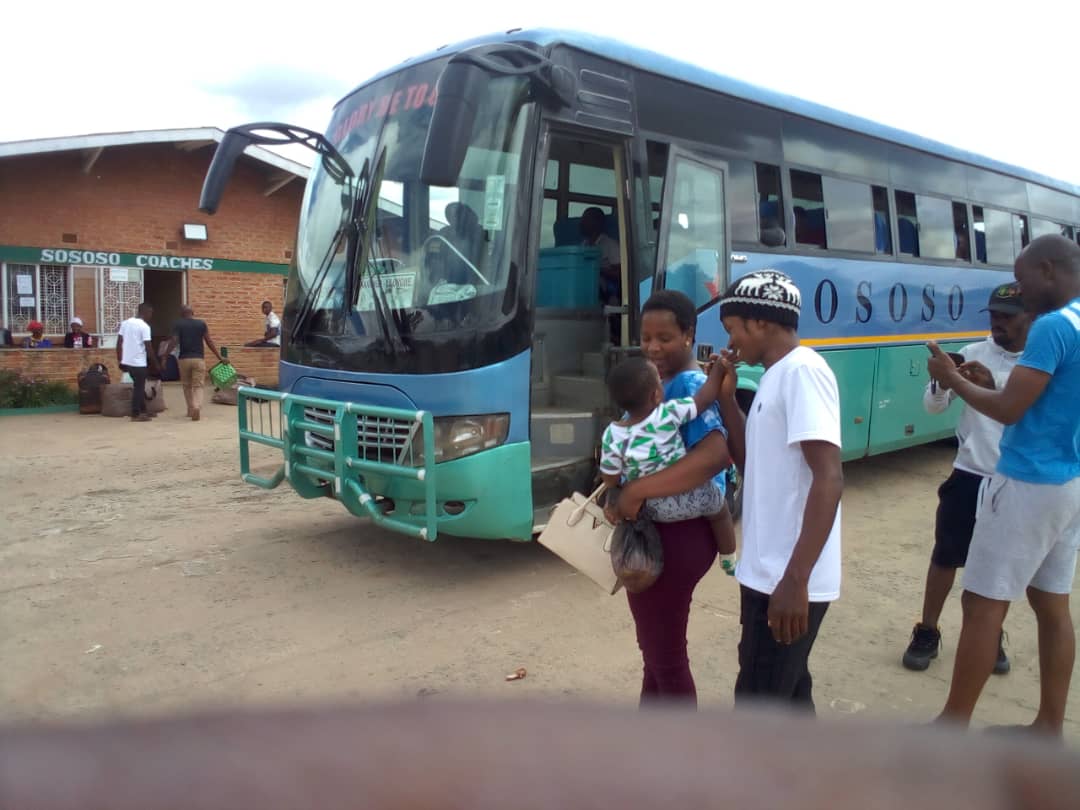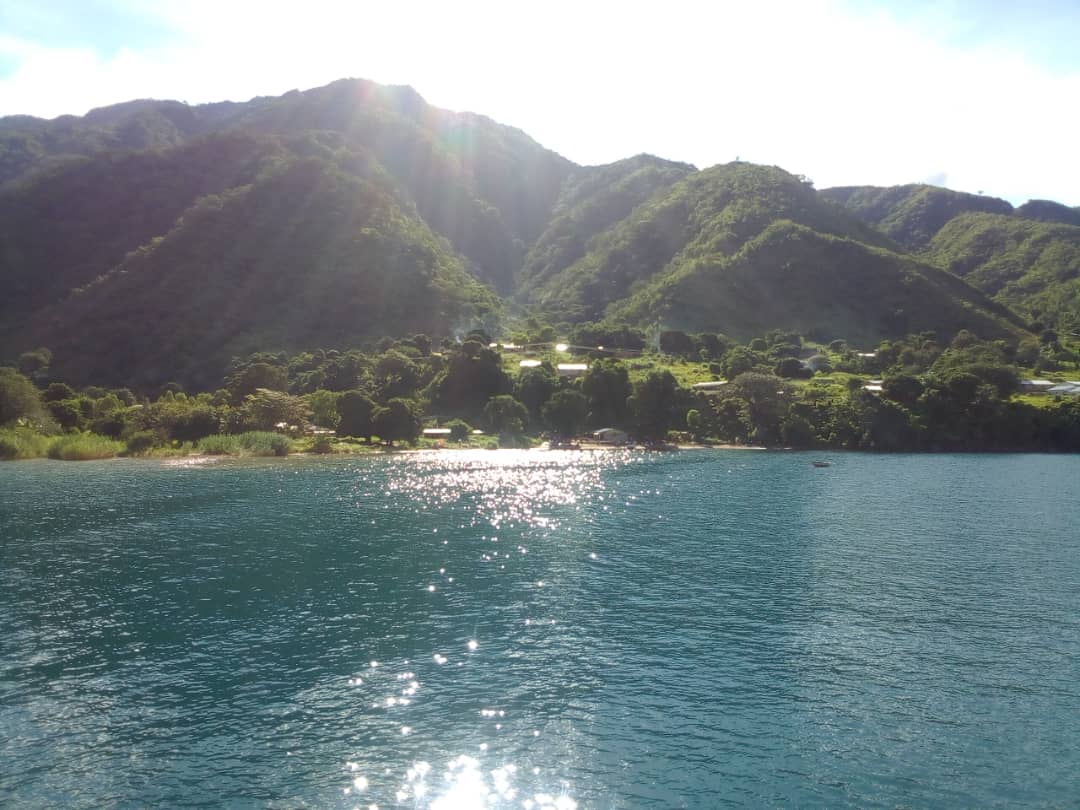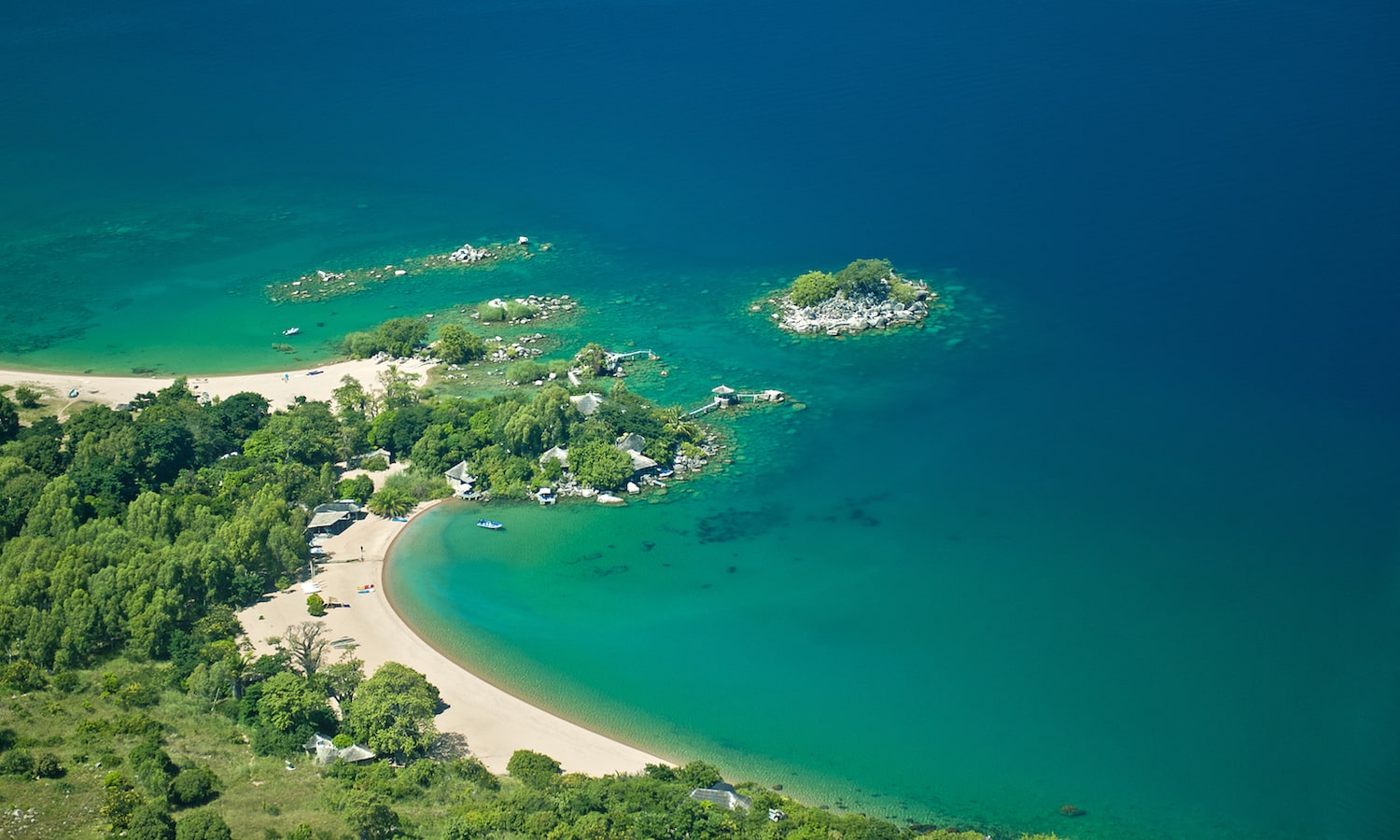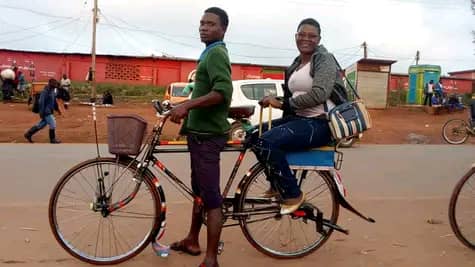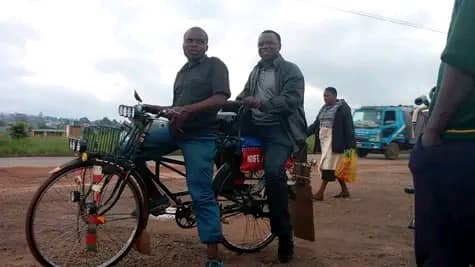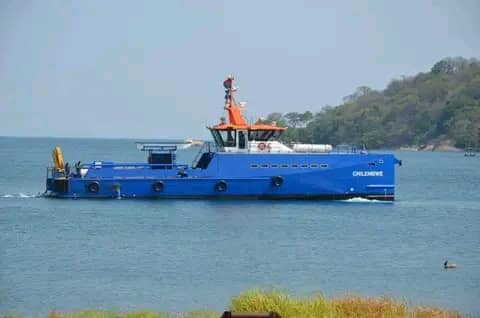Malawi Tour
Malawi Cultural & Heritage Tour
Our suggested tour is an unforgettable 14-day journey through Malawi, immersing yourself in the country’s rich cultural heritage, breathtaking landscapes, and warm communities. On your visit, we’ll take you on a journey through the best of Malawi, showcasing its unique blend of natural beauty, rich culture, and warm hospitality. The journey offers a great opportunity “to be part of” Malawi by participating in many local activities along the way.
Your adventure begins in Lilongwe, where you’ll be introduced to the history and culture of Malawi before exploring the bustling capital. From there, we’ll venture south to Blantyre, where you’ll discover historical sites like the Chichiri Museum and Soche Hill.
Experience life in rural Malawi by visiting the Lomwe and Yao communities in Mulanje, where you will witness traditional dances, beer brewing, and tea plantations. Then, enjoy the tranquil beauty of Lake Malawi in Cape Mclear, where you can dive into crystal-clear waters and marvel at vibrant cichlid fish.
Your journey takes you on a scenic 2.5-day ferry ride aboard the ILALA from the South to the North of the country, stopping at charming lakeside towns, Likoma Island, and the historical sites of Nkhotakota. You will get a taste of local life and culture at each stop while soaking in stunning lake views.
In Northern Malawi, experience the Tumbuka community in Karonga, explore the Nyika Plateau, and visit Livingstonia, built by David Livingstone to combat the slave trade. Finally, immerse yourself in the Chewa culture with a performance of the Gule Wamkulu dance before returning to Lilongwe for a final business meeting and departure.
This tour offers an extraordinary blend of history, culture, and natural beauty, making it the perfect way to explore the heart of Malawi.
Adjustments of the tour and its duration can be arranged upon request.
Suggested tour schedule
On arrival at Kamuzu International Airport in the capital city Lilongwe you’ll be picked up and driven to the hotel where you will relax while waiting for the remainder of the team depending on the time you arrive yourself. In the evening, your guide will give an introduction to the country and to the tour.
The day will start early in the morning with a drive around the city to see the central business district of Lilongwe as well as the residential areas of the city before going to visit the Parliament building of Malawi. We will also visit Hastings Kamuzu Banda’s mausoleum. Banda was the first president of Malawi after its independence from Britain in 1964. Later in the day, we will depart by bus to Blantyre, the second largest city of Malawi some 310 km to the South, where we will put up at a guest house. Lilongwe to Blantyre will take 4 hrs.
On this day, we will tour Blantyre, the commercial capital and former capital city of Malawi. We will visit the Chichiri Museum to appreciate artifacts of the Malawi nation and continue to Soche Hill, a small geographical feature which was affected greatly by Cyclone Freddy for a view of the city below. Afterwards, we will proceed to Ndirande one of the largest informal settlements in Blantyre which has been a focus for slum upgrading projects, including the construction of EcoSan toilets and improved access to water and sanitation. We will put up at a guest house.
We will visit Mulanje in the South, community of the Lomwe and Yao to immerse ourselves in the rural way of life. We will see cultural dances, how traditional beer is brewed, and might witness community courts processes. From atop Mt Mulanje we will view tea plantations. The night will be spent at community family homes. The trip from Blantyre to Mulanje is 1 hr 30 minutes long.
We will leave the rural area and visit the Cape McLear centre in Monkey Bay on the southern end of Lake Malawi, where we will watch the colorful cichlids fish, swimming in the lake and do water activities. There is the possibility for diving. We will spend the night at a guest house by the lake shore. The trip from Mulanje to Monkey Bay is 5hrs 30 minutes via Zomba, the former capital city of Malawi.
In the morning, we will board the ILALA ferry for a 2,5-days journey on the Lake Malawi from the South to the North of the country. Embarking on a journey aboard the ILALA ferry from Monkey Bay in the south to Chilumba in the north is a unique and memorable experience, weaving through the stunning landscapes of Lake Malawi. The night will be spent on the ferry.
Journey Highlights – ILALA Ferry Journey on Lake Malawi
Your adventure begins at Monkey Bay, a lively harbor where you’ll board the historic ILALA ferry, a beloved vessel that has been traversing the waters of Lake Malawi since the 1950s. As the ferry sets sail northward, you’ll be taken through a captivating journey, stopping at picturesque lakeside towns and vibrant local communities.
Mangochi & Makanjila: The first stops on the route, these towns offer a fascinating glimpse into local life and trade. The sights and sounds of the bustling markets provide a true reflection of everyday Malawian life.
Liwonde & Chipoka: Continuing north, the ferry reaches Liwonde and Chipoka, each known for their vibrant markets and friendly, welcoming locals. Here, you can witness the dynamic exchange of goods and immerse yourself in the lively atmosphere of Malawian life.
Senga Bay & Nkhotakota: The ferry then heads to Senga Bay, a serene spot with idyllic beaches, before reaching Nkhotakota, a town steeped in history as a former slave trade hub. Today, it offers a peaceful atmosphere, with reminders of its past intertwining with the present.
Likoma Island: Likoma Island is a true gem of Lake Malawi. Known for its stunning beaches and rich history, the island is home to the magnificent St. Peter’s Cathedral and a vibrant local culture. The crystal-clear waters are perfect for snorkeling and diving, while the charming villages invite exploration. Likoma was also once used by David Livingstone as a base to combat the slave trade.
Nkhata Bay: One of the most scenic stops on the journey, Nkhata Bay is a favorite among travelers. Its stunning landscape, vibrant cultural activities, and crystal-clear waters make it an ideal place for a refreshing swim or a relaxing stroll.
Ruarwe & Charo: As the ferry continues north, it makes stops at the smaller, less-visited ports of Ruarwe and Charo. These serene, off-the-beaten-path locations offer an intimate glimpse into rural Malawian life, far removed from the hustle and bustle of the more well-known towns.
Final Destination – Chilumba: The journey concludes in Chilumba, a tranquil town at the northern tip of Lake Malawi. The scenic beauty and warm hospitality of the locals make it the perfect end to this remarkable voyage.
Onboard Experience: The ILALA ferry offers a unique blend of basic comfort and charm. You can choose between deck space or cabins, allowing you to relax and enjoy the leisurely pace of life on the water. Whether you’re mingling with fellow travelers or simply soaking in the stunning views, the ferry experience is as much about the journey as it is about the destination.
Scenic Beauty and Cultural Encounters: Throughout the journey, you’ll be treated to breathtaking views of the lake, its islands, and the surrounding landscapes. From the bustling ports to the peaceful fishing villages, this is more than just transportation—it’s an immersion in the rich culture and natural beauty of Lake Malawi.
During a stop at Nkhotakota, we will also visit the historic site of the first mosque built in Malawi by Jumbe, an Arab slave trader, and the fig tree where the historic meeting between Jumbe and David Livingstone took place to discuss the abolition of the slave trade.
This voyage on the ILALA ferry is a captivating journey that will immerse you in both the natural beauty and vibrant culture of Lake Malawi’s shores.
On our second day on the ferry, we will spend half day on the beautiful and historical Likoma Island on Lake Malawi while on the journey northwards. The second night will also be spent on the ferry.
The ferry trip will end at Chilumba around sunset on a Sunday, we will spend the night at Tunduzi Beach Camp.
We will get to know another rural community in Northern Malawi – the Karonga community, where we will experience life among the Tumbuka. Here we will witness the processing of cassava into cassava meals and the cooking of cassava porridge (sima). We will also visit home industry distillers in Tchalo and watch the not-to-be-missed Maripenga traditional dance at Tunduzi beach camp, where we will spend the night again.
On this day, we will go up Ponda Hill to view the Lake Malawi and that part of the Great Rift Valley. Afterwards, we will visit the historical Livingstonia, a historical settlement built by David Livingstone as Fort during his efforts to stop slave trade. The small town is atop the Nyika Plateau where you will get another breathtaking view of the valley and lake below. We will then go to relax by the beach at La Rondeville hotel and campsite where we will spend the night.
We will travel back to Lilongwe by road on a Sososo bus and sleep at a guest house in the city. A longish trip that will start at 8 am and end at 6 pm taking us through the Bolioli Pass at which you will get the last chance of the lake view from a high altitude, then the northern town of Mzuzu where bicycles are a common mode of public transport, Mzimba, Kasungu then back to the capital Lilongwe.
We will visit another rural community in central Malawi to experience life among the Chewa people. We will watch the Gule Wamkulu traditional dance. It is both significant and cultural practice among the Chewa. The masked dance involves elaborate costumes and storytelling and is usually performed during special occasions and ceremonies. We will spend the night in homes in the rural community. The community is within a 30 km radius of Lilongwe.
On this last day, we will travel back to Lilongwe city for a business meeting, evaluation and recommendations. The afternoon will be free.
You will be taken to the airport for departure.
Enquire Now
Send us a message for individual or group requests by using the form below.

